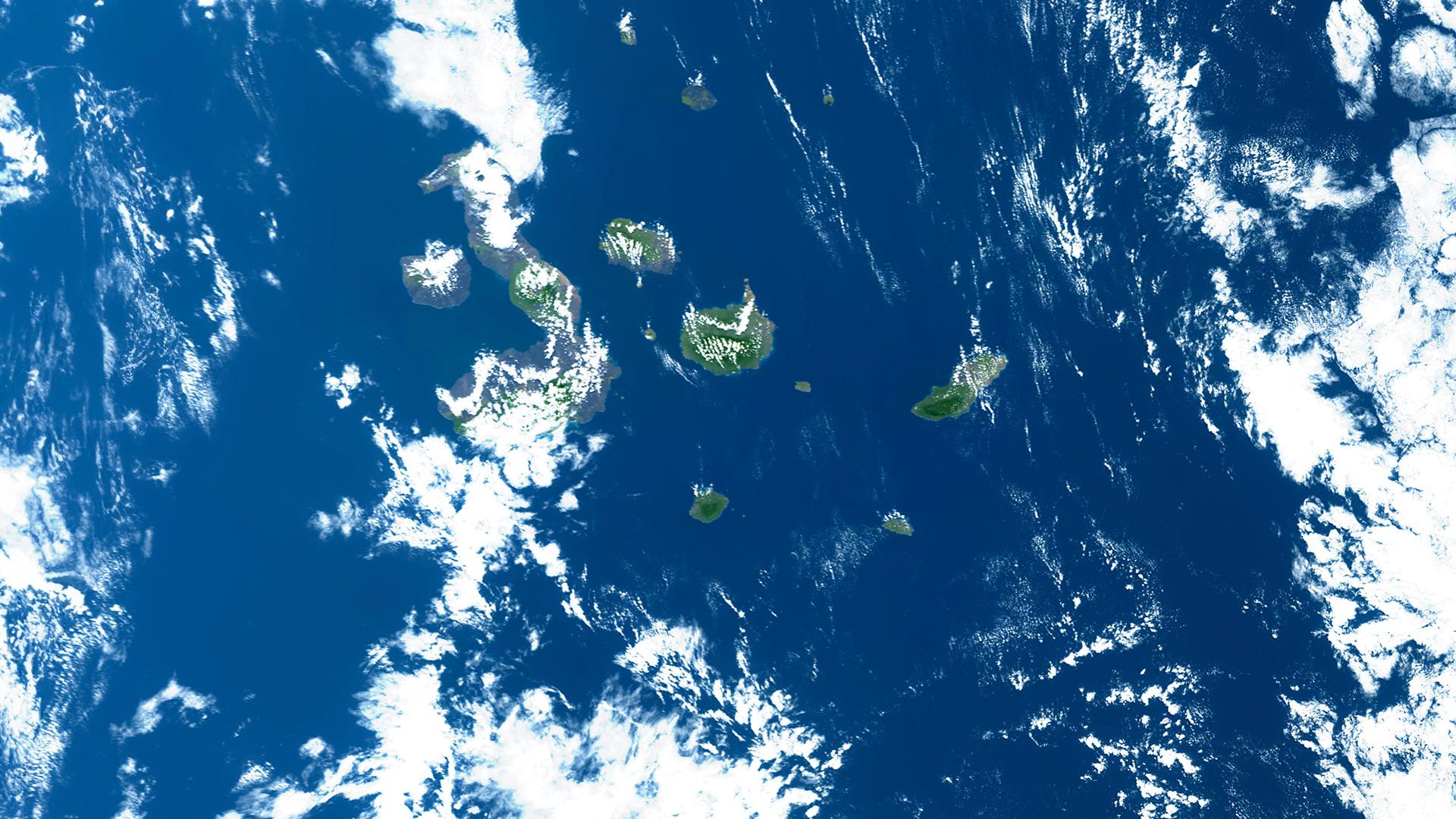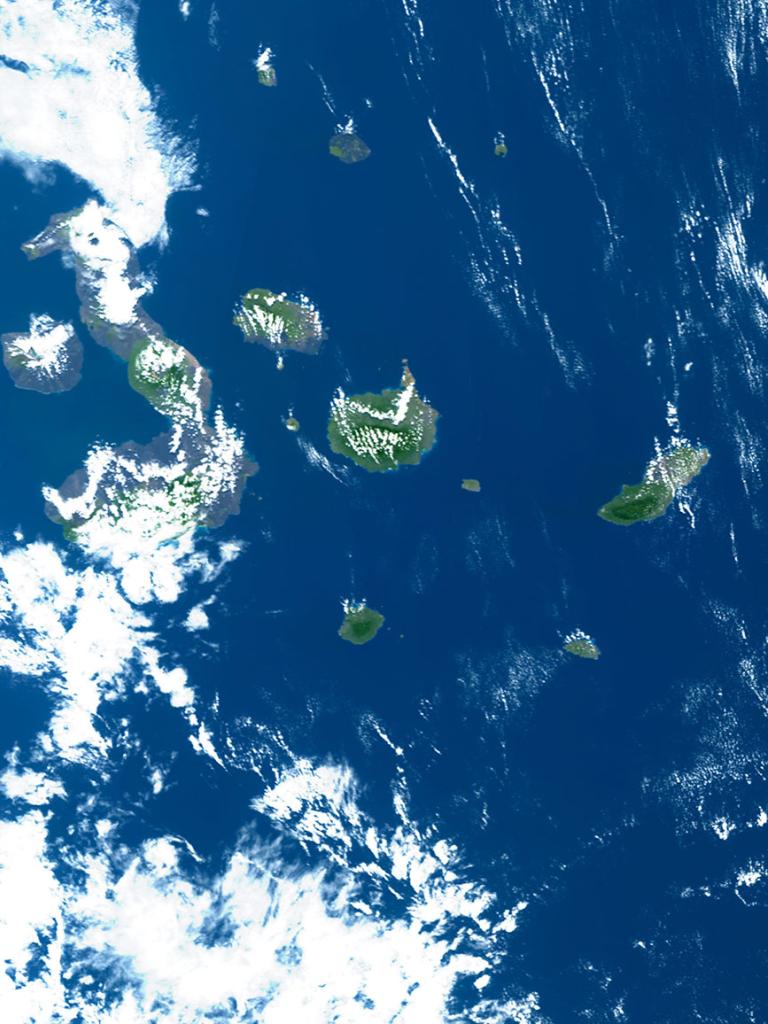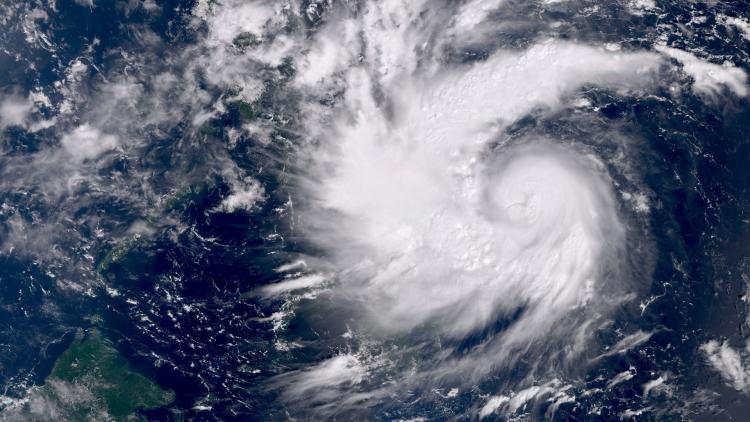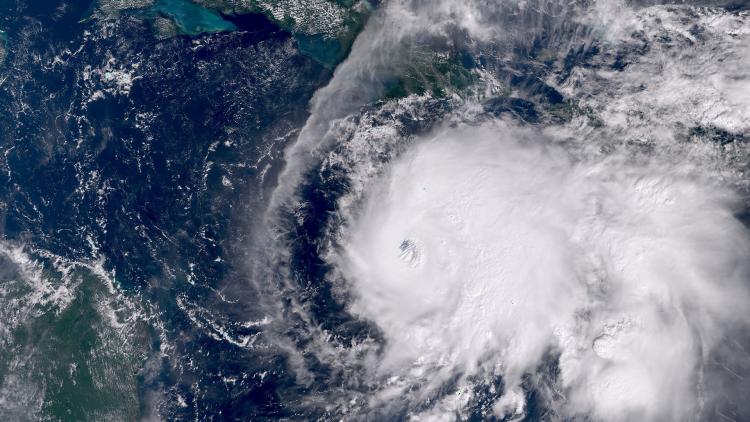
Image of the week: The Galápagos Islands - a biodiversity hotspot
Watching our Earth from space


This week’s image of the week is of the Galápagos Islands and was captured by one of the Copernicus Sentinel-3 satellites on 19 May 2025.
The Galápagos are a group of volcanic islands in the eastern Pacific, located around the Equator 900km west of South America.
The islands are famous for the large number of endemic species, which were studied by Charles Darwin in the 1830s and inspired the theory of evolution by means of natural selection. All of these islands are protected as part of Ecuador's Galápagos National Park and Marine Reserve.
The protection of unique ecosystems like the Galápagos ties directly into broader global efforts to highlight and protect biodiversity. One such effort is the International Biodiversity Day, observed annually on May 22nd, which raises awareness about the importance of biodiversity and commemorates the adoption of the Convention on Biological Diversity on May 22, 1992.

Galápagos image
The image was captured by the OLCI instrument onboard one of the Copernicus Sentinel-3 satellites on 19 May 2025.
EUMETSAT operates the Copernicus Sentinel-3 satellites, in cooperation with ESA, and delivers the marine data on behalf of the European Union.
More info
Visualise Copernicus Sentinel-3 data with EUMETView or Sentinel-2 and -3 data with WEkEO
Access ocean data from the EUMETSAT User Portal
Access the Copernicus Marine Service






